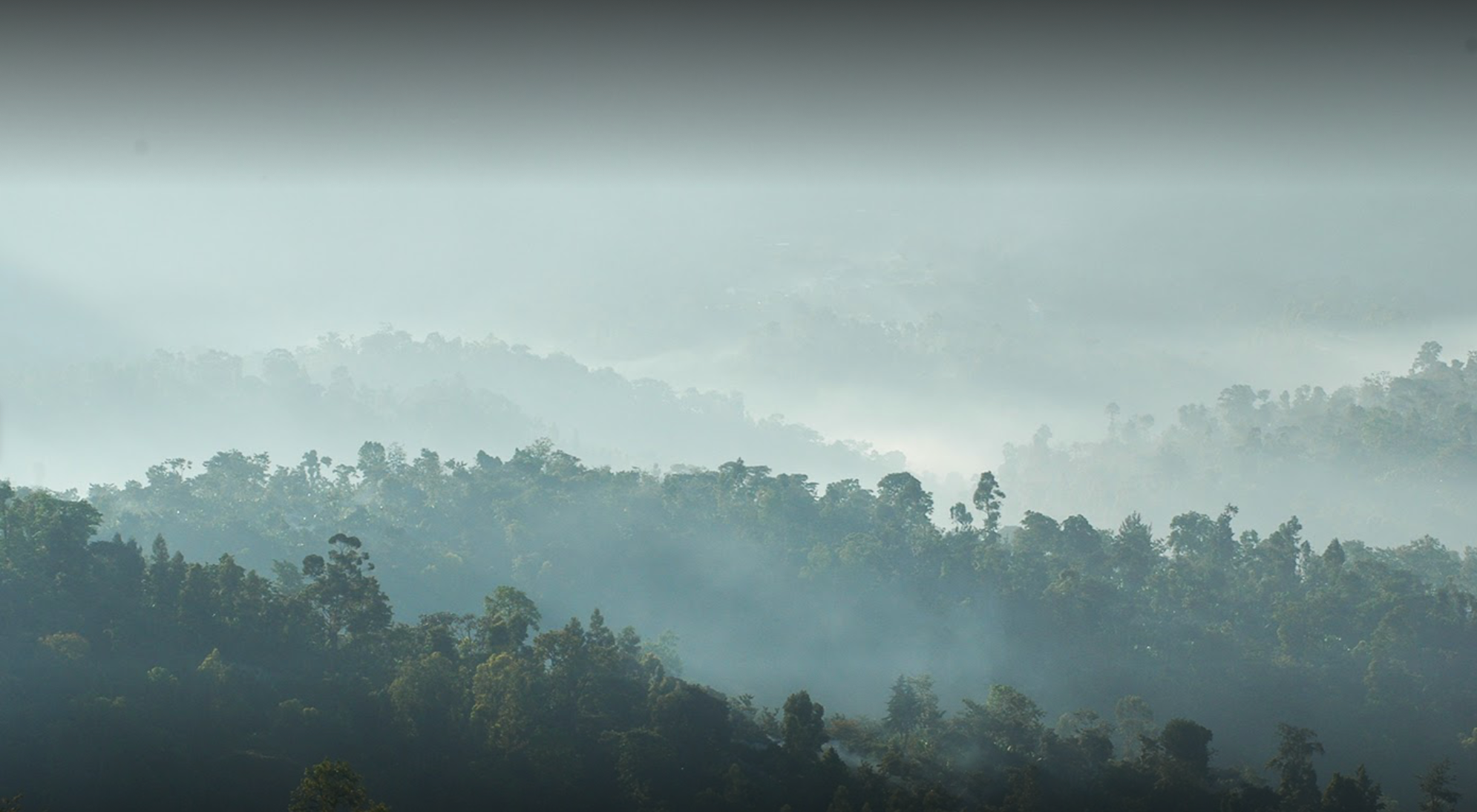Around the globe, land use is changing at an alarming rate and coffee producing regions are no exception.
Industrial coffee farming is a big contributor to global warming. Deforestation and forest degradation, is the cause for around 45% of the carbon footprint of a bag of coffee. Overall, land use change accounts for 12-29% of all global greenhouse gas emissions.

Land use and land cover in Yirgracheffe in 1988 (a), 2003 (b) and 2018 (c). Source: Adane (2020).
Coffee production is changing in Ethiopia
In Ethiopia, coffee is grown by small-scale farmers under the shade of forest canopy, without chemical fertilisers. Coffee forests are an excellent store of carbon, holding up to 94% of the carbon stored in natural forests.
As agriculture constitutes a primary form of livelihood in rural Ethiopia, farmers are turning their backs on coffee moving towards other more lucrative crops. Working alongside Carble , we are investigating how we can financially reward coffee farmers for maintaining the forest canopy. Focusing on how to reduce our carbon footprint and smallholder poverty in a single investment.





